
Building the future is a risky business-- Alex Day
As leaders, risk and uncertainty play a role in almost every decision we make. Much has been made of risk management and its processes, which typically involve listing potential risks and assessing their probability and impact. Familiar stuff.
And yet the process of assigning some kind of probability and impact to a specific risk creates an illusion of integrity and robustness; the whole risk management process is highly dependent on both individual and group perspectives.
So what is ‘risk’ and why is it important?
In the private sector pre-1997 risk almost always had a negative definition. Thereafter a more neutral definition evolved and later still, from 2000 onwards, risk was treated more explicitly as having both negative and positive effects; risks could present opportunities as well as threats. In its broadest sense, risk can be defined as any uncertainty that matters. In an organisational context it is most often defined as threats or opportunities which impact on the achievement of objectives.
The research topic is particularly pertinent to all parts of the FE and skills sector. But for a sixth form college such as mine it is critical. As funding for 16-18 year olds is squeezed until the pips squeak, we are beginning to consider what other educational markets can be developed. In addition, the raising of the participation age to 18 years, changes in demographics and the freeing up of the higher education market are creating a much more dynamic world in education.
What Ulrich Beck called ‘the risk society’ presents opportunities as well as threats.
My FETL research to date has revealed a multitude of terminologies centred around risk. There is no one accepted definition of risk attitude; some interpret it as a ‘stable personality characteristic that is inherent in an individual’, whilst others would define this as a ‘risk type’ and risk attitude as something which changes depending on circumstances and so can be proactively managed.
This range of definitions is interesting in itself—and revealing.
Factors which influence risk behaviour have yet to be explored in the educational setting, in sectors where they have such as the financial and airline pilot sectors there has been some evidence of clustering of individuals into particular risk types somewhere along the spectrum of risk adverse or risk seeking.
I hope my research will provide some indication as to whether leaders in sixth form colleges will form a similar cluster or in fact be spread across spectrum considering the possible implications of these findings on the sector as a whole will also be interesting. In situations where risk decisions are made by a group such as a senior management team in a college setting, understanding the impact of individual risk types and risk attitudes can provide a significant insight into how the group operates.
The psychological evaluation tool I have selected to facilitate my research, the Risk Type Compass, uses the following definitions; risk type – an individual’s natural disposition to risk, which is based on personality and remains relatively stable over a lifetime; and, risk attitude – the chosen response to a given risky situation, which can change according to circumstances, experiences and day-to-day events.
These together determine an individual’s risk behaviour. If you then consider the impact of group dynamics on the risk management process finding out more about individuals and the senior management team’s risk type structure and recognising its implications for group dynamics can help make better decisions.
Making sound decisions, which are carefully thought-through, is central to the effective of management change and the creation of good leadership. They are also critical to building the future of FE and skills.
I will keep you posted!


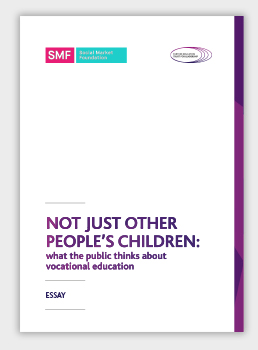
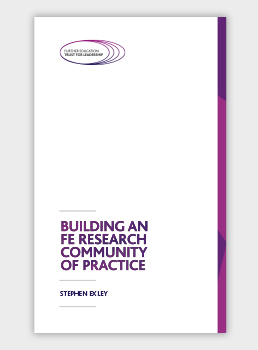
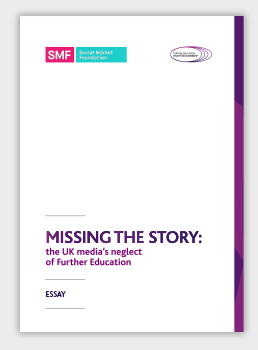

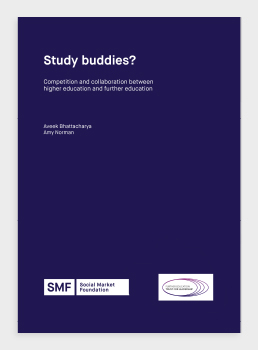



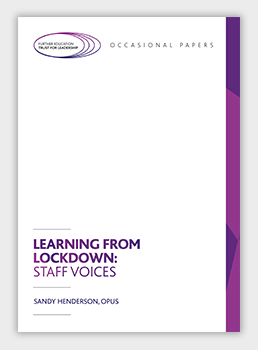











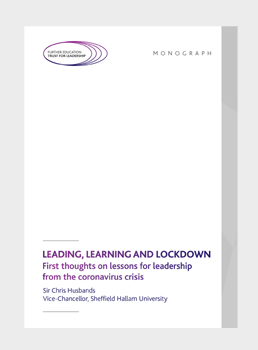


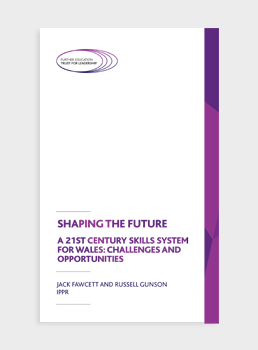

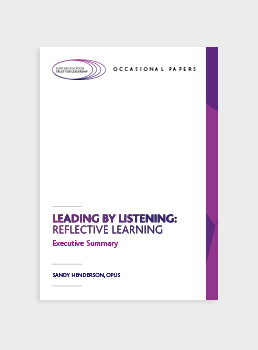


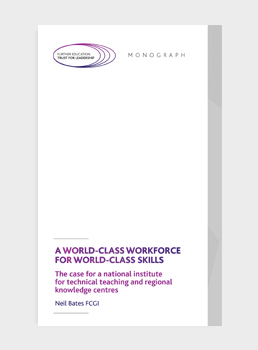

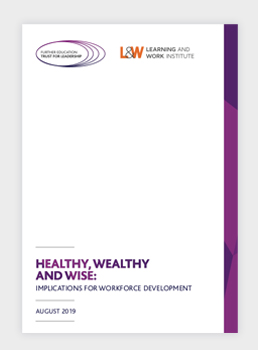





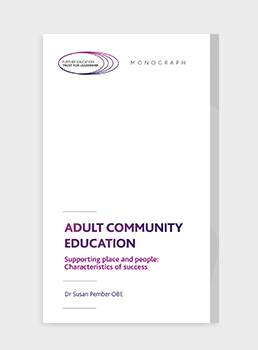

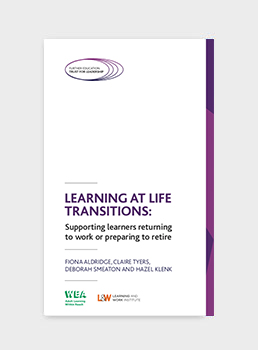
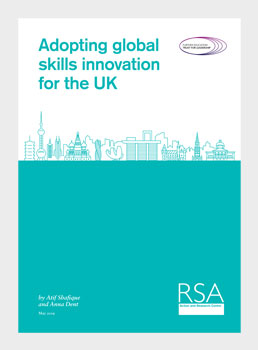
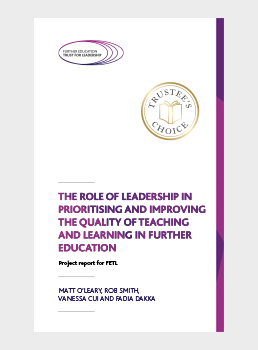

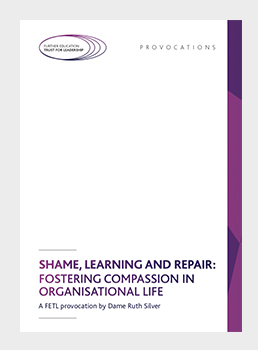
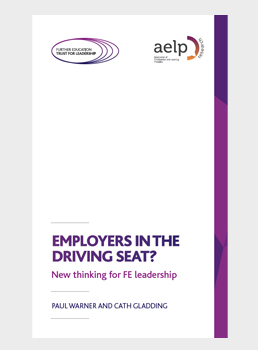



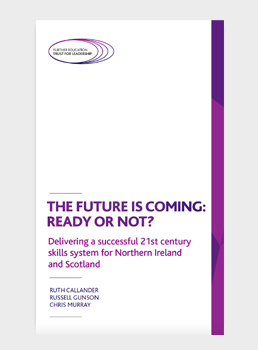
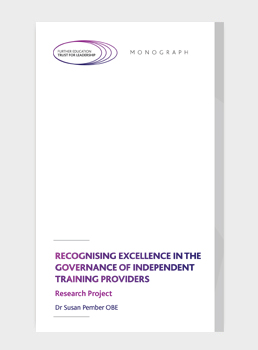


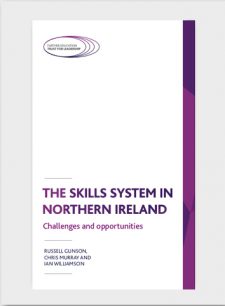

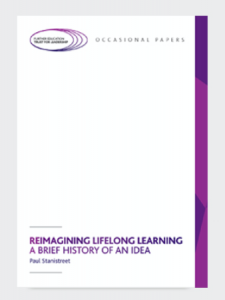








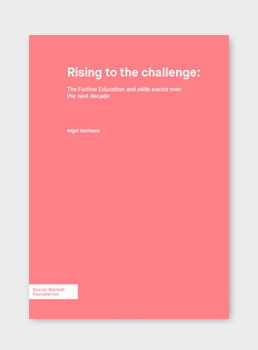

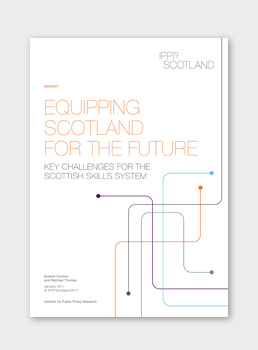



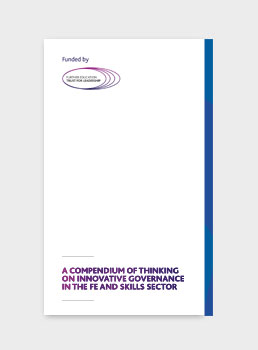




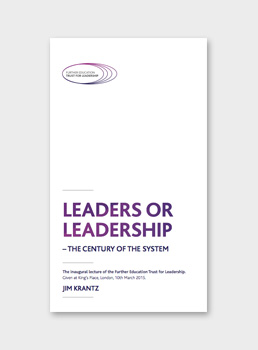








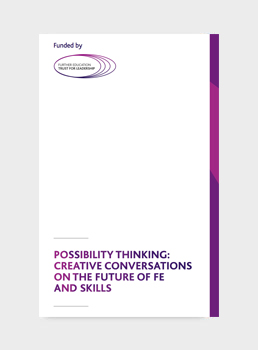
You really make it appear so easy with your presentation however I find this topic to be actually one
thing which I feel I might never understand. It sort of feels too complicated and very large for me.
I am having a look ahead to your subsequent post,
I will try to get the hang of it! Escape roomy lista
After going over a number of the articles on your web page, I truly like your technique of writing a blog.
I book-marked it to my bookmark website list and will be
checking back soon. Please check out my web site as well and tell me what you
think.
Very interesting topic, appreciate it for posting.
Travel blog
Hello there! Do you know if they make any plugins to help with Search Engine Optimization? I’m trying to get my website to rank for
some targeted keywords but I’m not seeing very good success.
If you know of any please share. Kudos! You can read similar text here: Eco wool
Howdy! Do you know if they make any plugins to help with SEO?
I’m trying to get my website to rank for some targeted keywords but
I’m not seeing very good success. If you know of any please share.
Thank you! I saw similar article here: Your destiny